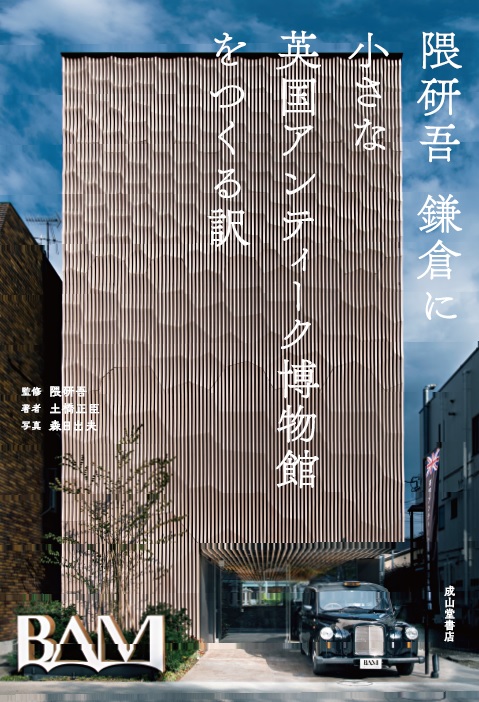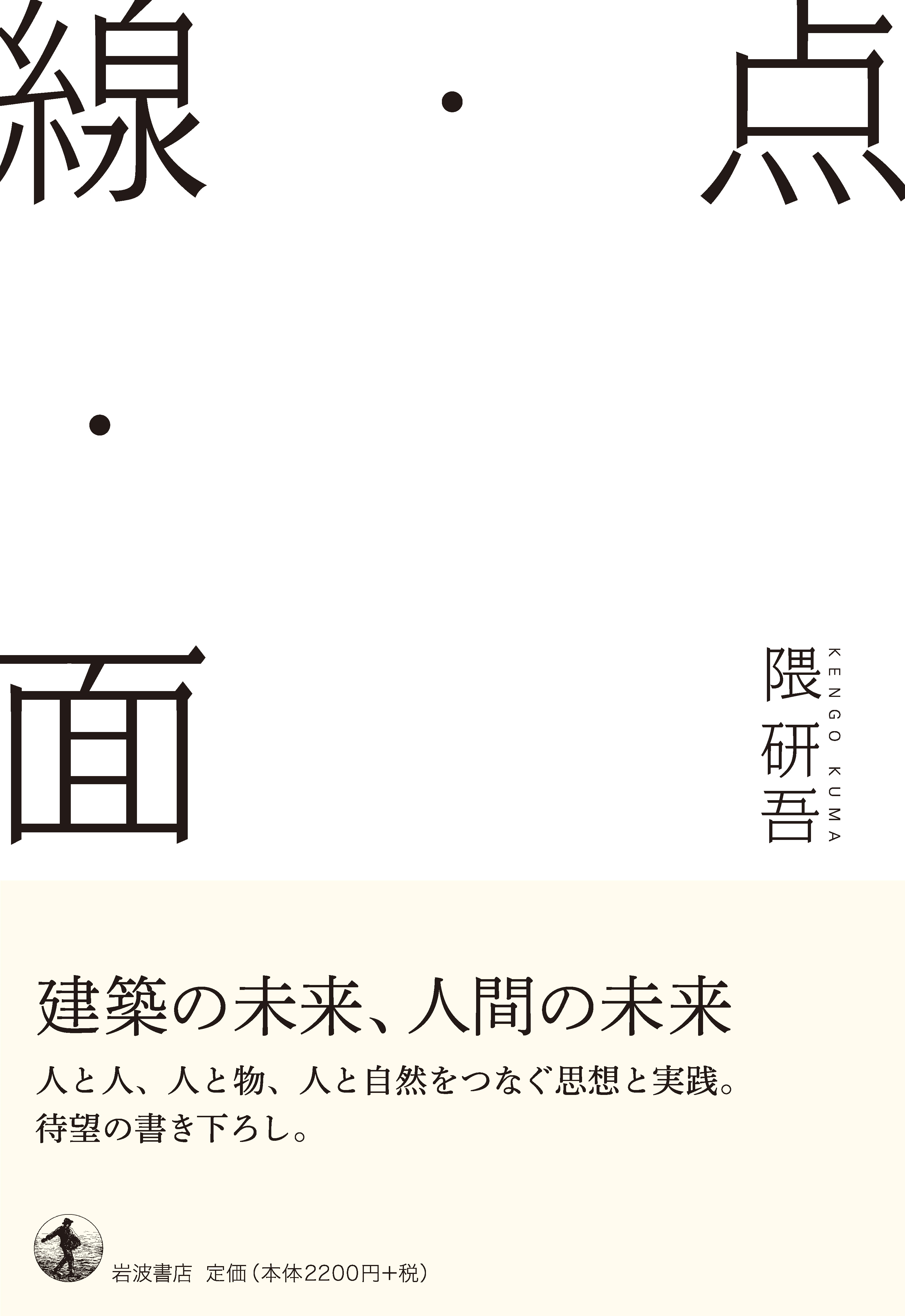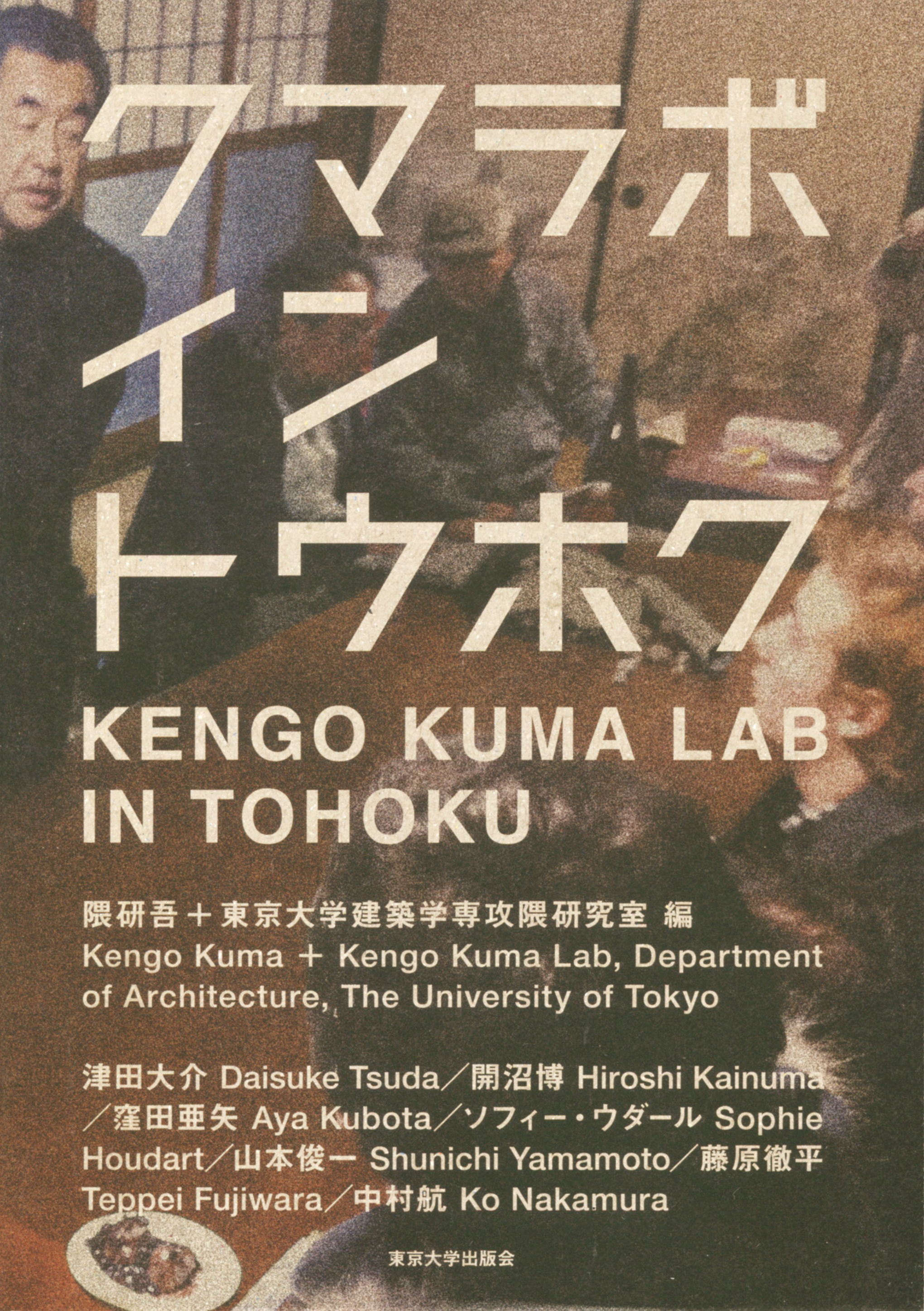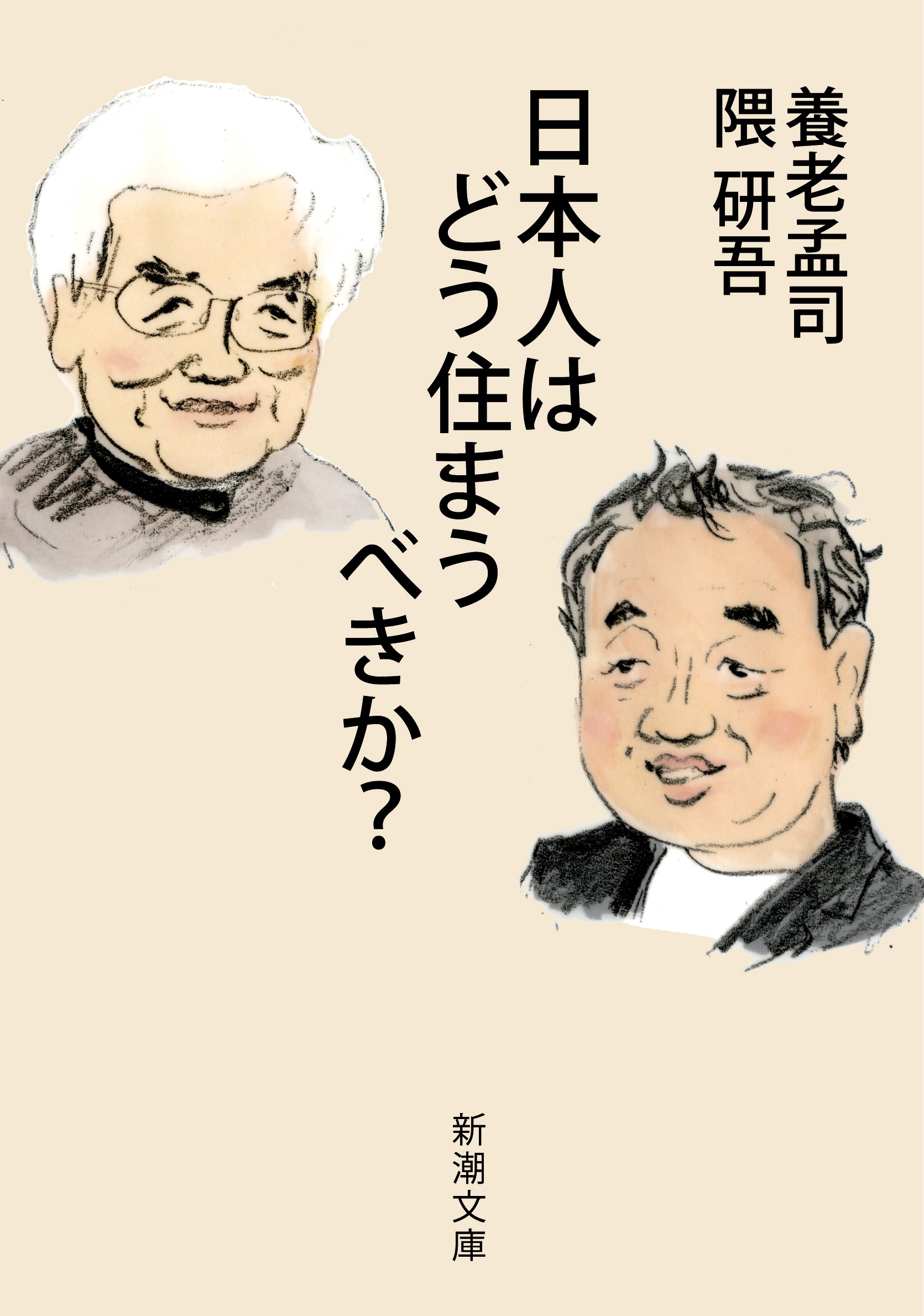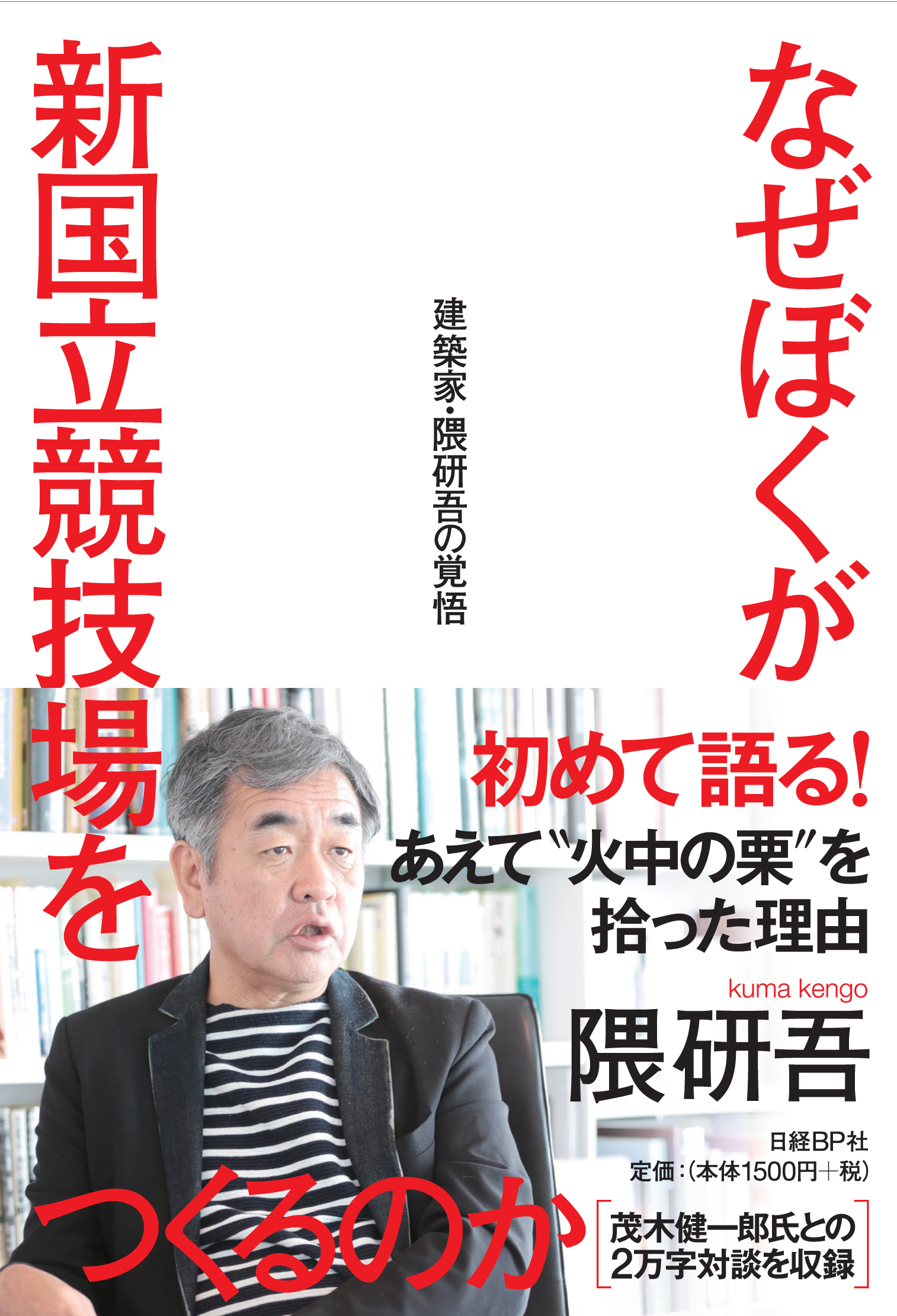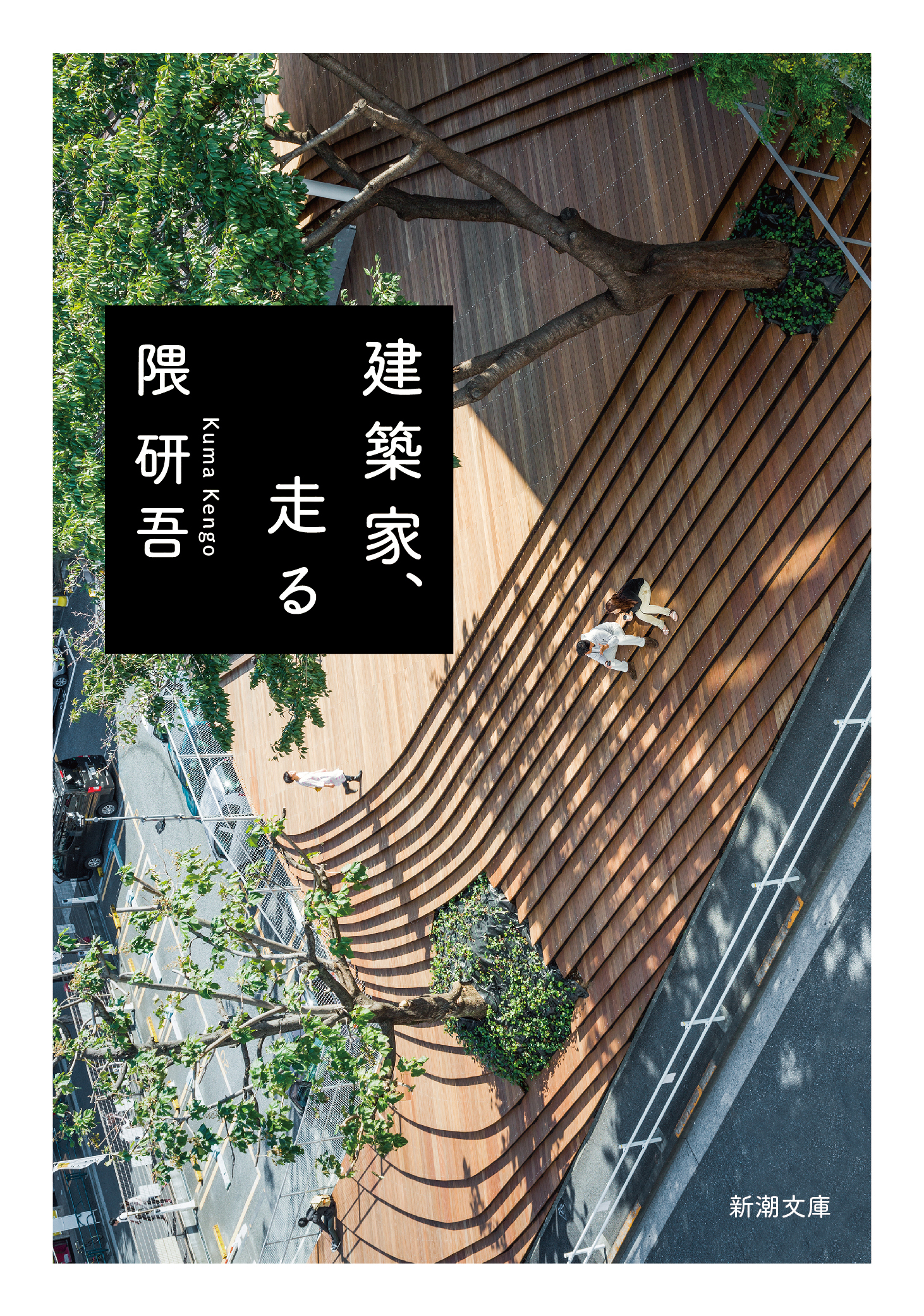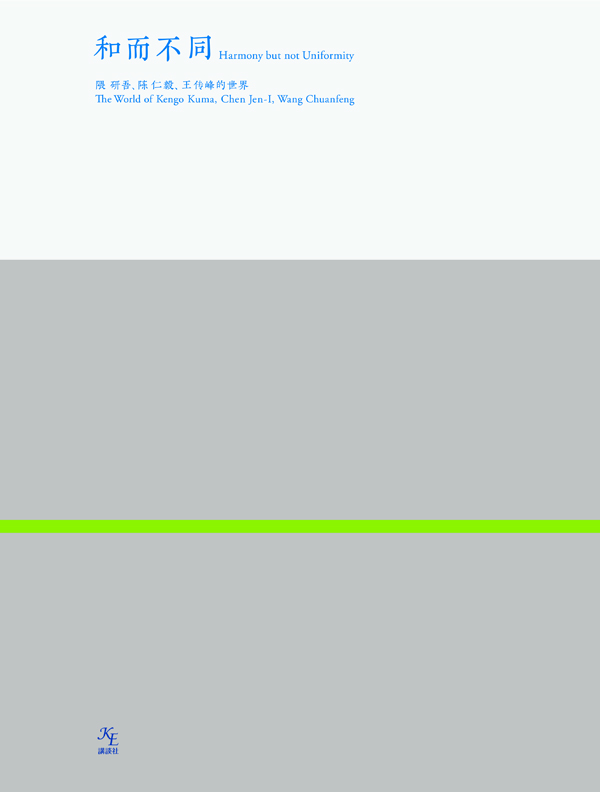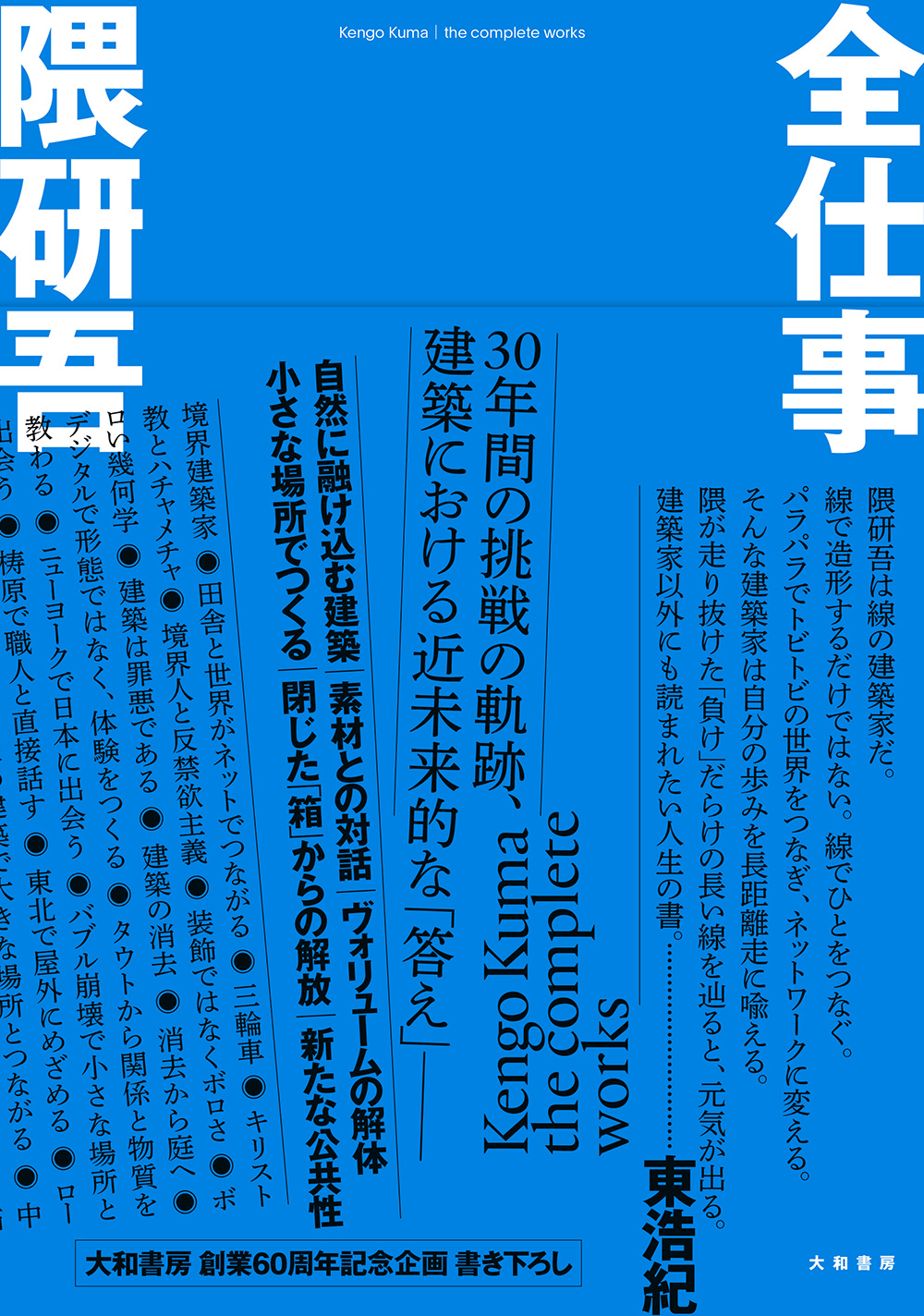
Title
Zen Shigoto (Kengo Kuma – A Full Profile)
Size
352 pages, A5 format
Language
Japanese
Released
June 16, 2022
ISBN
9784479393900
Published by
Daiwashobo
Book Info
See Book Availability at Library
Japanese Page
I feel that architects are gradually moving away from designing architecture. Not only am I personally and gradually moving in this direction, but I see how the profession of “architect” is withdrawing, and must withdraw, from the work of designing and drawing “objects” known as buildings.
In the industrial world of the 20th century, as well as during the subsequent period of high economic growth, the production of “objects” played an important role in the general operation of society. However, in the current 21st century, the production of “objects” may perhaps be seen more as a problematic practice that is destroying the environment. Instead, it may perhaps be better to communicate ideas about cities and architecture in other ways. With this understanding, I began to think that, by using alternative approaches, the message of cities and architecture could be more strongly conveyed to people.
In fact, as I looked back on my life, I came to see that a large percentage of my work stood outside the practice of designing “objects.” For example, I spent a lot of time writing books, having published several dozens of books—many of which have been translated into English, Chinese, and Korean. When I write a book, I can sort out my thoughts, figure out what to build, and better determine how to think about cities. An author once said, “Buildings are nice because they last for a long time. What we writers write is easily forgotten.” I tend to disagree, however, as I have generally found that the lifespan of an “object” is limited, and in contrast, text can be thought to last much longer.
Designing small pavilions and installations instead of larger “objects” also took up a large part of my life. For me, large “objects” are understood to be places where various economies, human desires, and expectations are intertwined, but where the degree of design freedom is lower than expected. Because pavilions, installations, and other “small objects” have fewer constraints, I was able to design exactly what I wanted to create and, through such design, transmit a message to the world in a simple and straightforward manner.
It is from this point of view that I have summarized my life in this volume, All My Work. The result of writing this work was that I was finally able to clearly see how the fields of large objects, small objects, and writing intertwine and influence each other. This was, admittedly, an extremely interesting discovery. I could also see myself firmly holding a metaphorical tricycle composed of these three fields, ensuring that none of the components would fall. Tricycles are more stable than unicycles for a reason. Hence, my writings and “small objects” were capable of being carried forward without being influenced much by varying business conditions or the economy. Perhaps it is because of this that I am able to continue being positive, even in this day and age of much uncertainty.
(Written by KUMA Kengo, University Professor / Professor Emeritus, Office of University Professor, School of Engineering / 2022)



 Find a book
Find a book


